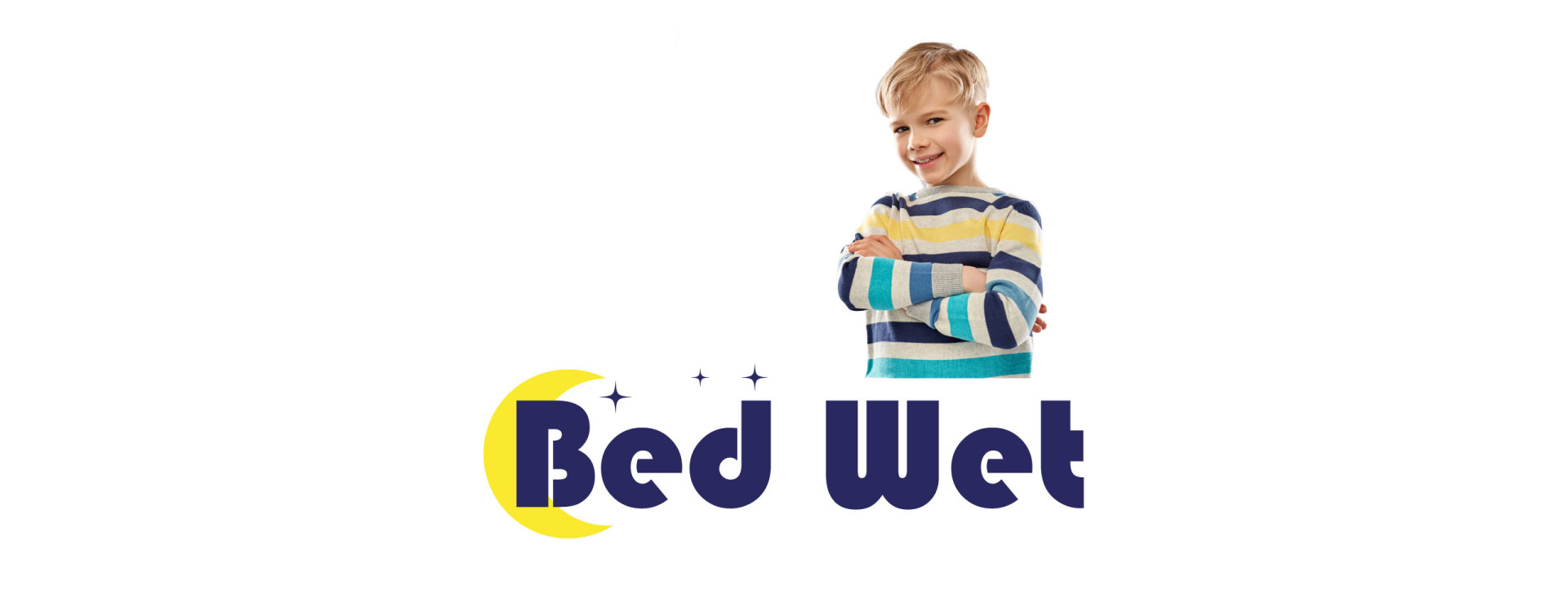Bedwetting treatments are generally divided into two stages: Supportive Phase and Definitive Treatment. These are distinct but interlinked and should not be performed without the help of an adult or expert. The Support Phase: "To make life easier" until children stop wetting on their own. These include absorbent underwear, diapers, and bed pads. Nighttime trips to the bathroom, called the "Lifting Method," can limit fluids. Motivational and medication-based techniques. The Treatment Phase: Currently, bedwetting alarms are the only definitive treatment option. According to a recent study, children who used a bedwetting alarm not only became dry, but also had an increased functional bladder capacity. Although the exact mechanism of this phenomenon is unknown, they are more likely to have the ability to store more urine. Let's group this information into a table. SUPPORT PHASE % of children "dry" the following year - To wait for 15% - Fluid Restriction 15% - Waking the child up during the night 15% - Use of classic alarm clock 15% - With Medications (from 3 to 6 months) 15% PROCESSING PHASE - Bedwetting alarms 87% A bedwetting alarm is a treatment tool designed to teach your child to respond to the signal of a full bladder by waking up on their own . Alarms come in several different styles: portable alarms wireless alarms, and mattress probe type alarms. Although there are some variations in alarm styles, they all work in a similar way. Each alarm has a moisture sensor and an alarm element. When the child begins to urinate, the sensor detects moisture and the alarm sounds. Portable alarms: With wearable alarms, the child wears the moisture sensor inside or on their nighttime underwear. This type of sensor can detect moisture almost immediately. The sensor is attached to the alarm box with a cord that can be looped under the shirt. These are the best alarms for most children. Our most effective alarms are the Rodger and Anzacare brands. Rodger Clippo and Clippo Alarm + Anzacare Dri Sleeper Excel Alarm Method of fixing Portable Alarms: Wireless alarms: A wireless alarm is one in which the sensor and the alarm unit communicate by means other than a wire. The transmitter that detects wetness is attached directly to the child's underwear. The signal is transmitted wirelessly to a unit located in the child's room. Once the alarm unit is activated, it is necessary to get out of bed to turn it off. This type of alarm is useful for children who prefer not to wear a shirt to bed or those who find wearing an alarm with a cord neither easy nor comfortable. The Rodger Wireless Alarm is our most advanced wireless model. And the Dri Sleeper Alarm allows protection to be worn even during treatment. Rodger Wireless Alarm Dri Sleeper Eclipse Alarm Uriflex Alarm How to use wireless alarms Alarms with Mattress Probe. The unique advantage of these mattress probe alarms: There is no attachment system for the child. The moisture sensor is in the form of a pad or mat on which the child sleeps. The sensor detects moisture as soon as urine touches the probe. The probe is connected to the body of the alarm by a cord. It is usually placed on a nightstand. This alarm can be adapted if the child cannot bear to have anything attached to their clothing. When purchasing this type of alarm, it is recommended to choose a model that has settings for the sensitivity of the mattress probe, like the Dr. Sagie model. Installation diagram for mattress-type probe alarms









Latest comments